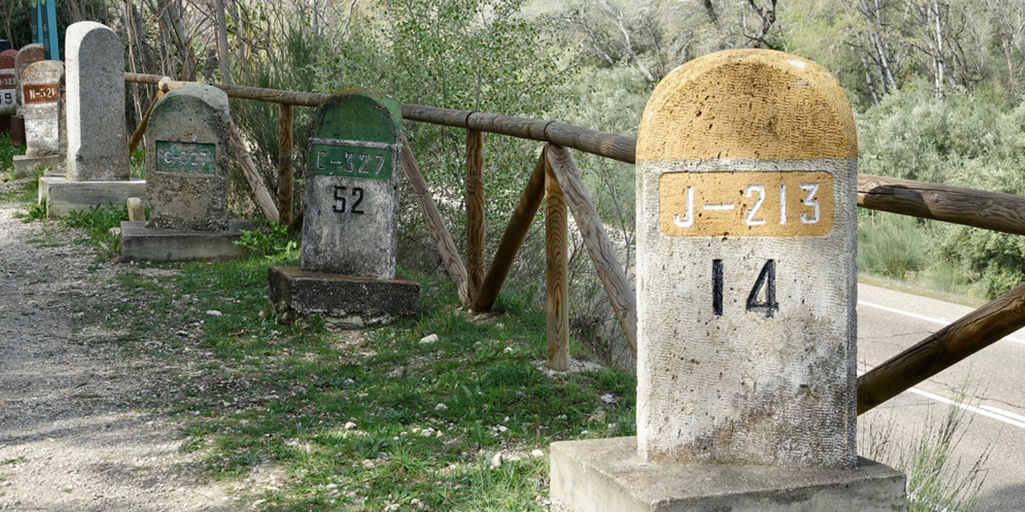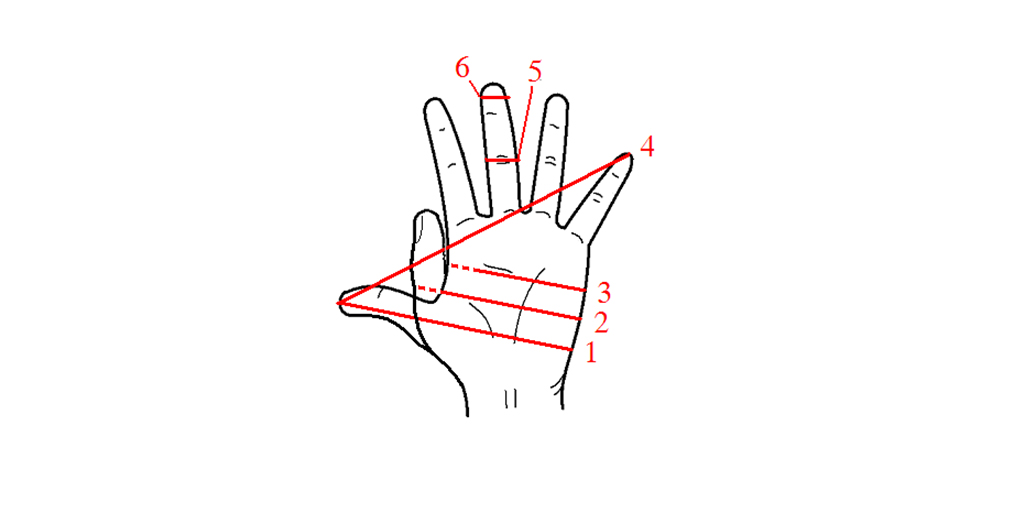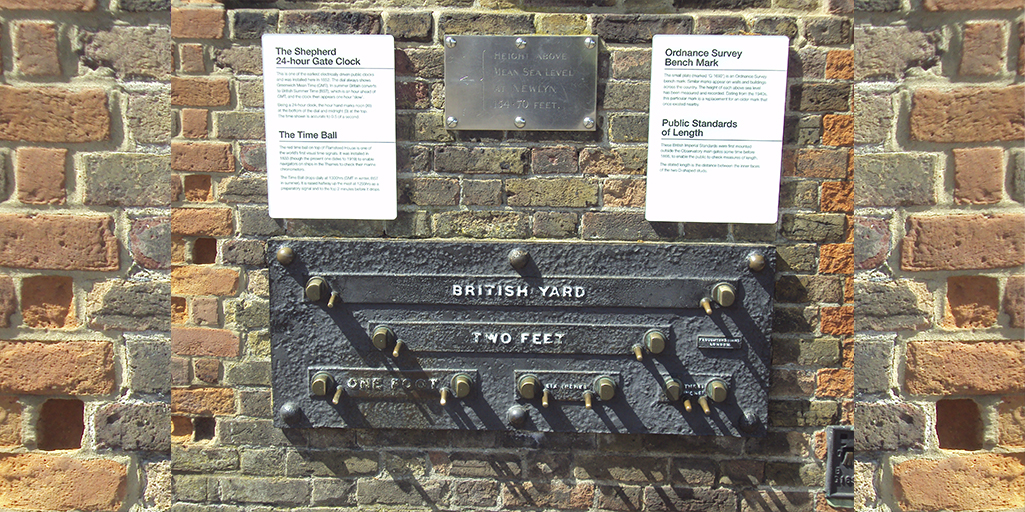Milestones, leagues and kilometers
Almost since the start, mankind has needed ways to measure distances and weights. Certain activities required a clear establishment of distances. Construction, travel and commerce are just a few examples of the importance of systems of measurement in daily life.

Digits, inches and steps
The first civilizations developed a system to estimate distances based on the human body. After all, using a unit that you always have with you is especially practical for measuring something when necessary. As is logical, this system presented two problems. In the first place, the diversity of human body shapes impeded any possibility of standardization. But in addition, over the course of millenia, different societies used different units of measure, which impeded the passage of measuring distances from one society to another.
In the third millennium before Christ, the Egyptians already had their own unit to measure distances, the cubit. This unit does not correspond strictly to the arm bone, but went from the elbow to the tip of the ring finger. For smaller measures, there was the distance between the tip of the little finger and that of the thumb (the span); the width of the palm of the hand (a palm or the sixth part of the span); and the thickness of the ring finger (the digit, or one twenty-fifth of the cubit). The official measure for use in building was the royal cubit, equal to one cubit and a palm (in other words, seven palms).

With the passage of time, the units of measurement of the Egyptians evolved, and the Romans and Greeks inherited the foot as a unit of length. The passage of some units based on arms to others based on feet continues to be a mystery today.
The Roman foot was already divided into inches (unciae), which with the passage of the centuries would give rise to one of the units of the Imperial system still used in some countries. Thus one foot was divided into 12 unciae and 16 digits. To these measurements the Romans added a larger unit, the step, equal to five feet, which could be used as the mille passus (1,000 steps or 5,000 feet). This mille passus was used during the expansion of the Roman Empire to set the lengths of the Roman roads by placing stone indicators (milliards) every thousand steps.
For centuries, the Roman foot was the basic unit of measurement, in spite of the fact that its length varied between different geographic areas. It’s calculated now that a Roman foot would have been 29.62 centimeters.
The measuring stick
In the Iberian Peninsula during the Medieval and even Modern eras, the basic measure of length was the vara (3 feet). The problem with varas was the same one as with feet: their length varied. Finally, in 1801, it was established that the vara de Burgos (equal to 0.835905 meters) was the single basic official measure. During the second half of the 18th century, roads built in Spain by the State had been measured in leagues (leguas), which is the distance that a person can walk in an hour. This was done so that any person could measure and communicate distances. The problem is that each person walked at a different speed, and that each road offered different difficulties.
With the arrival of industrialization, it was necessary to unify measures on an international scale. During the XVII century, the first discussions were held in Europe about doing this. After a full century of discussion, in 1791 France proposed adopting the meter as the basic unit, using the distance of the meridian between the North Pole and the Equator as reference. Thus a meter would be 1/10,000,000 of that distance.
Nowadays the decimal-based metric system has been widely adopted all over the world, with the exception of three countries –the United States, Liberia and Myanmar– which use the Imperial system (miles, feet, inches) and the United Kingdom, which uses a combination of both systems.
Standardization of the decimal-based metric system
In Spain, the decimal-based metric system was adopted in 1849. The basic unit was the meter and it would be marked depending on the fixed geographic measurement adopted in the rest of the countries that share the SMD (“one ten-millionth of the shortest distance from the North Pole to the Equator”).
The standard that defined the meter as a function of geographical land distances was maintained until 1960. In the General Conference on Weights and Measures of that year, it was replaced by a more exact measurement, based on the wavelengths of the orange-red light emitted by a krypton-86 lamp in a vacuum. This reference was maintained until 1983, when advances in laser technology made it possible for a measurement that was even more exact, and which defined a meter as “the length of the path traveled by light in a vacuum in 1299 792 458 of a second.”

Today the predominant system the world over is the metric one. Its principal advantage as against the Imperial system is that it’s easier to use because the correspondence between all the different units is based on the number 10. But in spite of its generalized use, it is important to give some deserved credit to the Imperial system. Even though on occasion it’s clumsier to use, the fact that its units subdivide into 12 instead of 10 offers certain advantages. Thus, while a distance based on the SMD only offers two round numbers when divided into parts (in 2 or 5), one based on the Imperial system can be easily divided into 2, 3, 4 and 6 parts.

Creative Commons Attribution-Share Alike 3.0